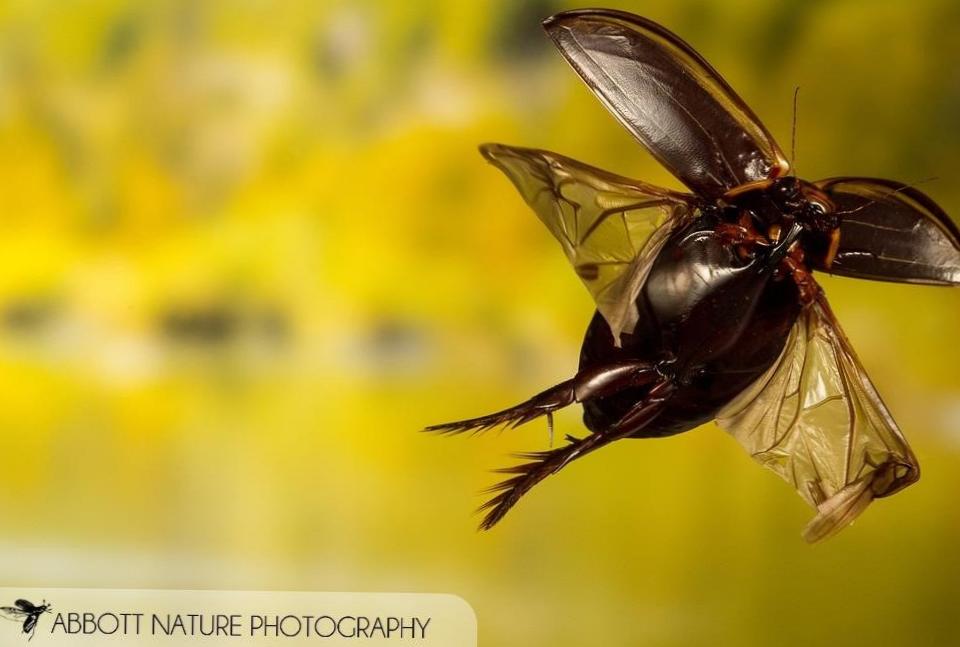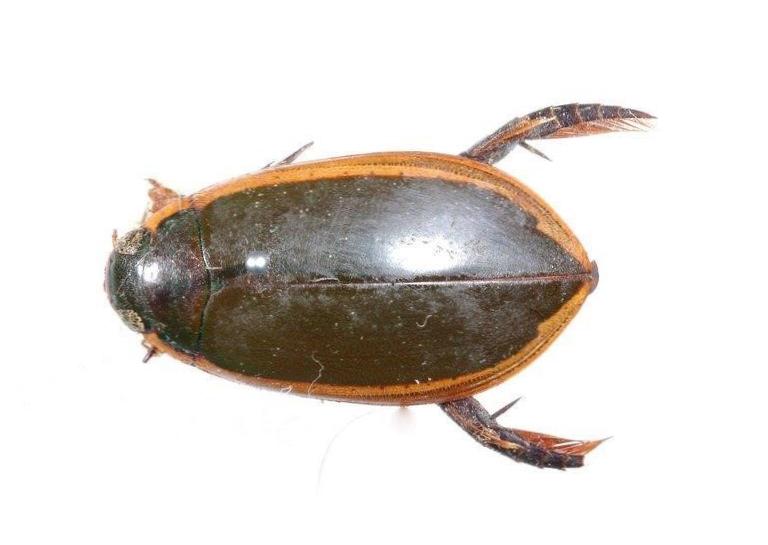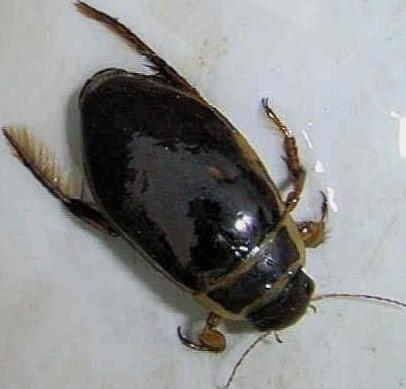Can Diving Beetles Fly? Exploring the Aerial Abilities of Diving Beetles
Can Diving Beetles Fly? Exploring the Aerial Abilities of Diving Beetles
When it comes to beetles, their abilities never cease to amaze us. One intriguing species, known as diving beetles, has captured the fascination of entomologists worldwide. These small yet mighty insects possess incredible skills both underwater and in the air. Found in various habitats such as ponds, lakes, and slow-moving streams, diving beetles are adept swimmers and hunters beneath the water’s surface. With their uniquely adapted bodies and fascinating behaviors, these beetles have evolved to become true aquatic champions. But can they fly too? That’s the question we seek to answer in this article.
Can Diving Beetles Fly? Exploring the Aerial Abilities of Diving Beetles
When you think of diving beetles, you probably picture them gliding effortlessly through the water. But did you know that these fascinating creatures are also capable of taking to the skies? Yes, you heard that right — diving beetles can fly! While their aerial adventures may not be as commonly observed as their aquatic prowess, these incredible insects have evolved unique adaptations that allow them to thrive in both environments. Keep reading to unravel the mystery behind these flying divers.
Diving beetles belong to the family Dytiscidae and are known for their streamlined bodies and powerful legs, ideal for swimming. Their ability to fly on the surface of the water allows them to easily migrate between different habitats or escape from predators. However, in order to take flight, diving beetles rely on some interesting adaptations. Their wing covers, or elytra, are hardened and provide protection for their delicate wings, which are folded beneath them when not in use. These wings can beat rapidly, generating enough force to lift the beetle into the air and sustain flight. Often, you’ll find these little aviators buzzing around ponds, streams, and other aquatic environments, hunting for prey or searching for mates.
So, the next time you spot a diving beetle skimming across the water’s surface, take a moment to appreciate its incredible aerial abilities too. These fascinating insects have truly mastered the art of survival in both the aquatic and airborne realms. Now, make sure to check out the images and videos below to witness the mesmerizing flight of these remarkable creatures for yourself!
Can Diving Beetles Fly? Exploring the Aerial Abilities of Diving Beetles
Diving beetles, with their fascinating underwater movement, have long captured the interest of both scientists and nature enthusiasts. While they demonstrate incredible agility and speed underwater, one might wonder if these aquatic creatures have the ability to take to the skies. The answer is, yes, diving beetles can fly! Let’s delve into the intriguing world of these insects and discover how they utilize their specialized legs and wings for both aquatic and aerial locomotion.
Can Diving Beetles Fly? Exploring the Aerial Abilities of Diving Beetles
Have you ever wondered if diving beetles can fly? These fascinating insects are renowned for their remarkable swimming skills, but their aerial capabilities often remain a mystery. In this article, we delve into the wing structure and function of diving beetles to unravel the truth behind their ability to take to the skies.
With their glossy exteriors and streamlined bodies, diving beetles are perfectly adapted for life in freshwater environments. However, their wings, although well-developed, are not designed for sustained flight like those of other insects such as butterflies or dragonflies. Instead, these wings are modified for a different purpose: skimming across the water surface.
To better understand their wing structure, take a closer look at the image below. Diving beetles possess two pairs of wings, with the front pair known as the elytra. These hardened forewings act as protective covers for the hindwings, which are the primary wings responsible for aerial movement. Unlike the elytra, the hindwings are thin and membranous, allowing for increased flexibility.
Watch this fascinating video to see diving beetles in action, both underwater and in the air. You’ll witness their agility as they effortlessly glide across the water’s surface and take short flights to escape predators or search for new habitats.
Although diving beetles can take to the air, their flight is limited and short-lived. Their hindwings are not strong enough for sustained flight like other winged insects. Instead, these beetles rely on their remarkable swimming abilities to navigate their underwater world. With specialized legs and paddle-like hairs, they propel themselves through the water with astonishing speed and precision.
In conclusion, while diving beetles may not be renowned for their aerial prowess, they possess the extraordinary ability to navigate both in the water and in the air. Their wing structure and function support their unique lifestyle, allowing them to effortlessly glide across a water’s surface and briefly take flight when necessary. So, the next time you stumble upon a diving beetle, take a moment to appreciate the wonders of adaptation that allow them to explore two different environments with ease.
can diving beetles fly






